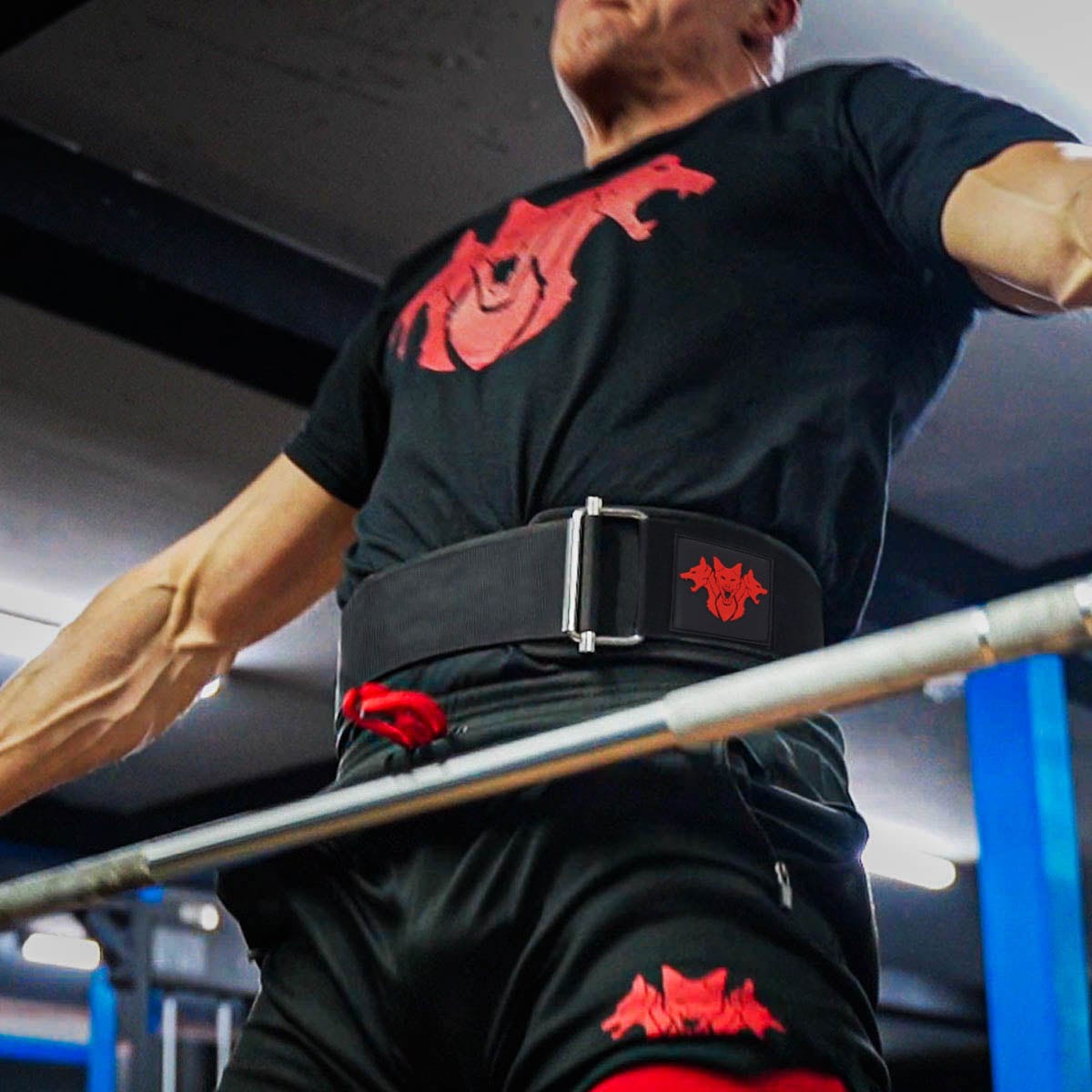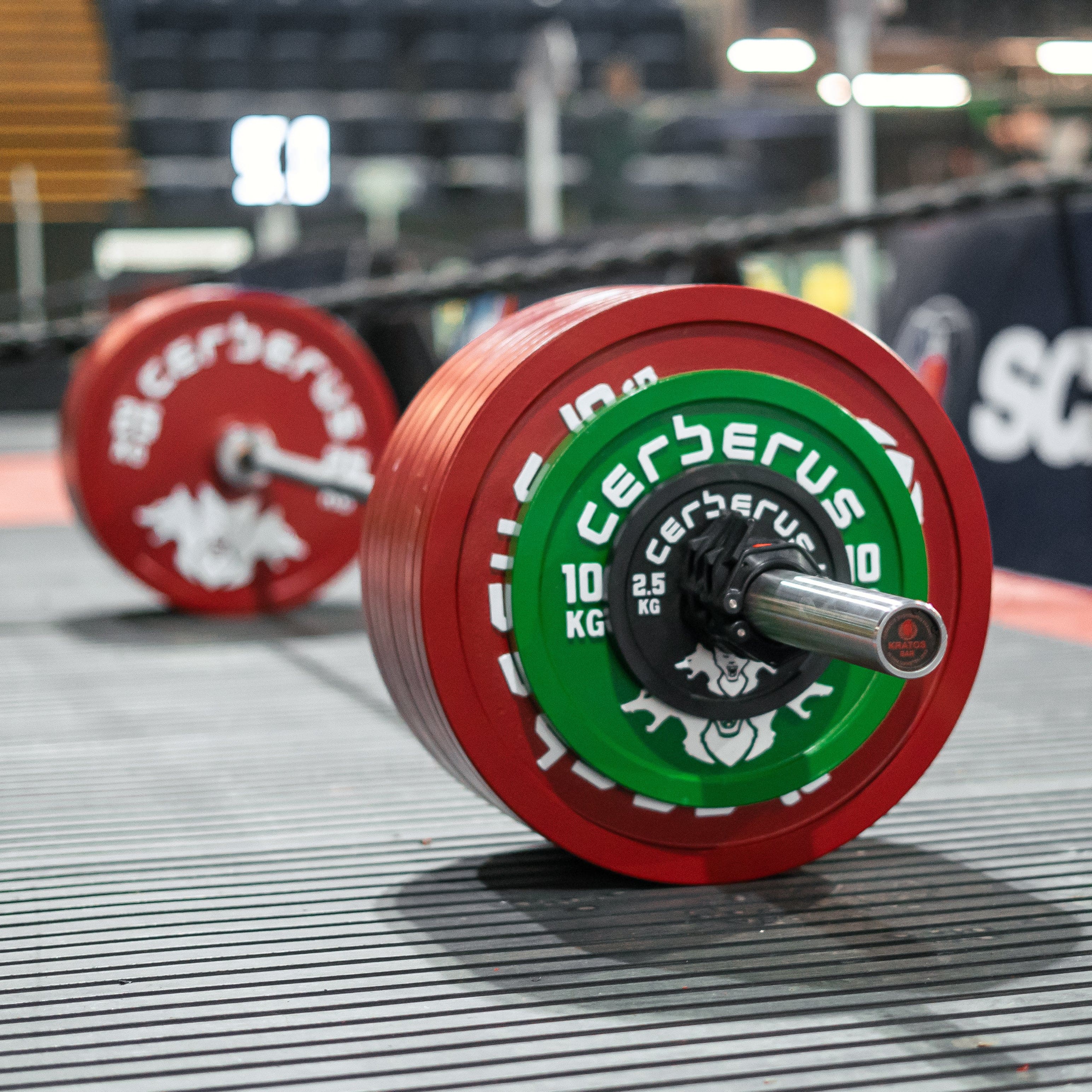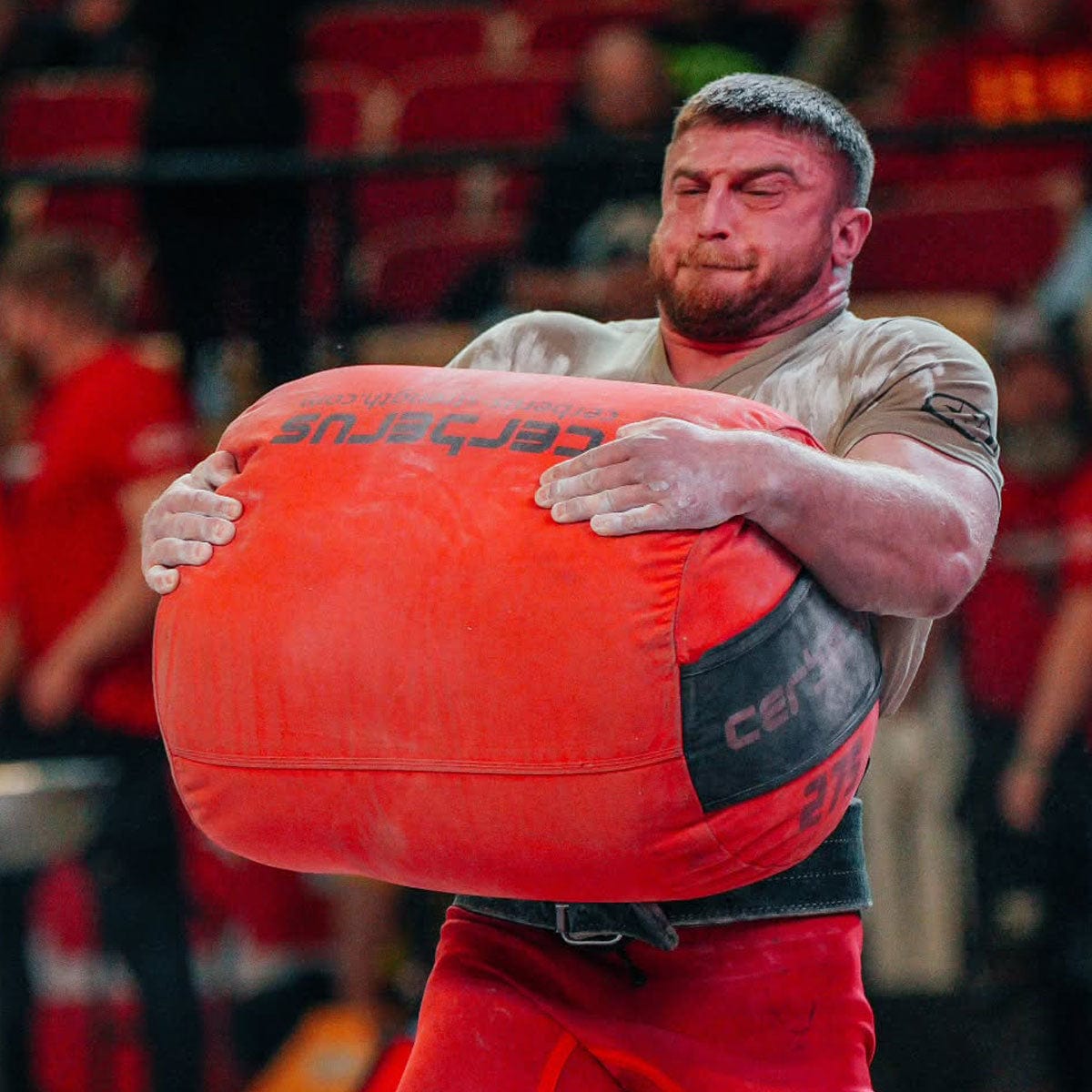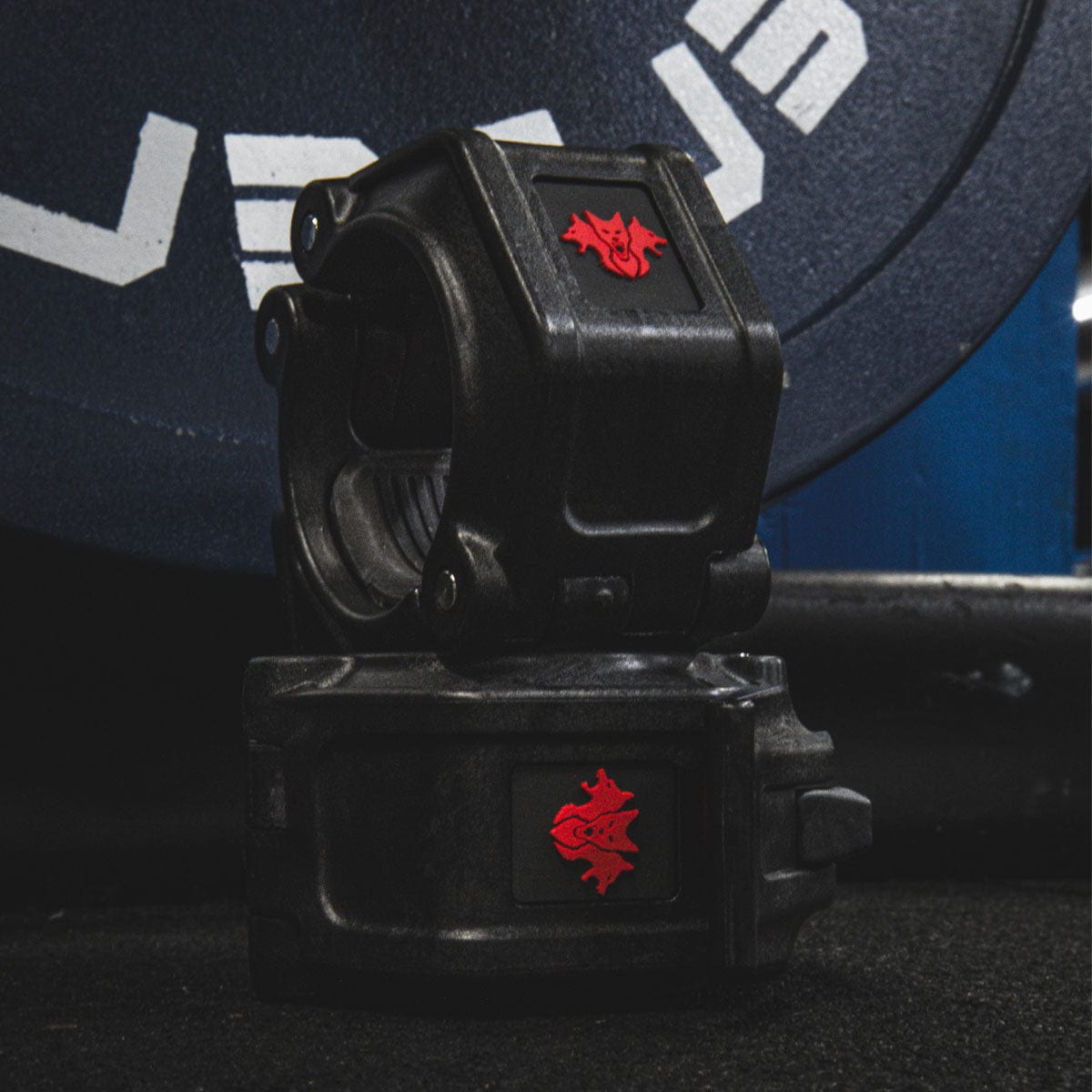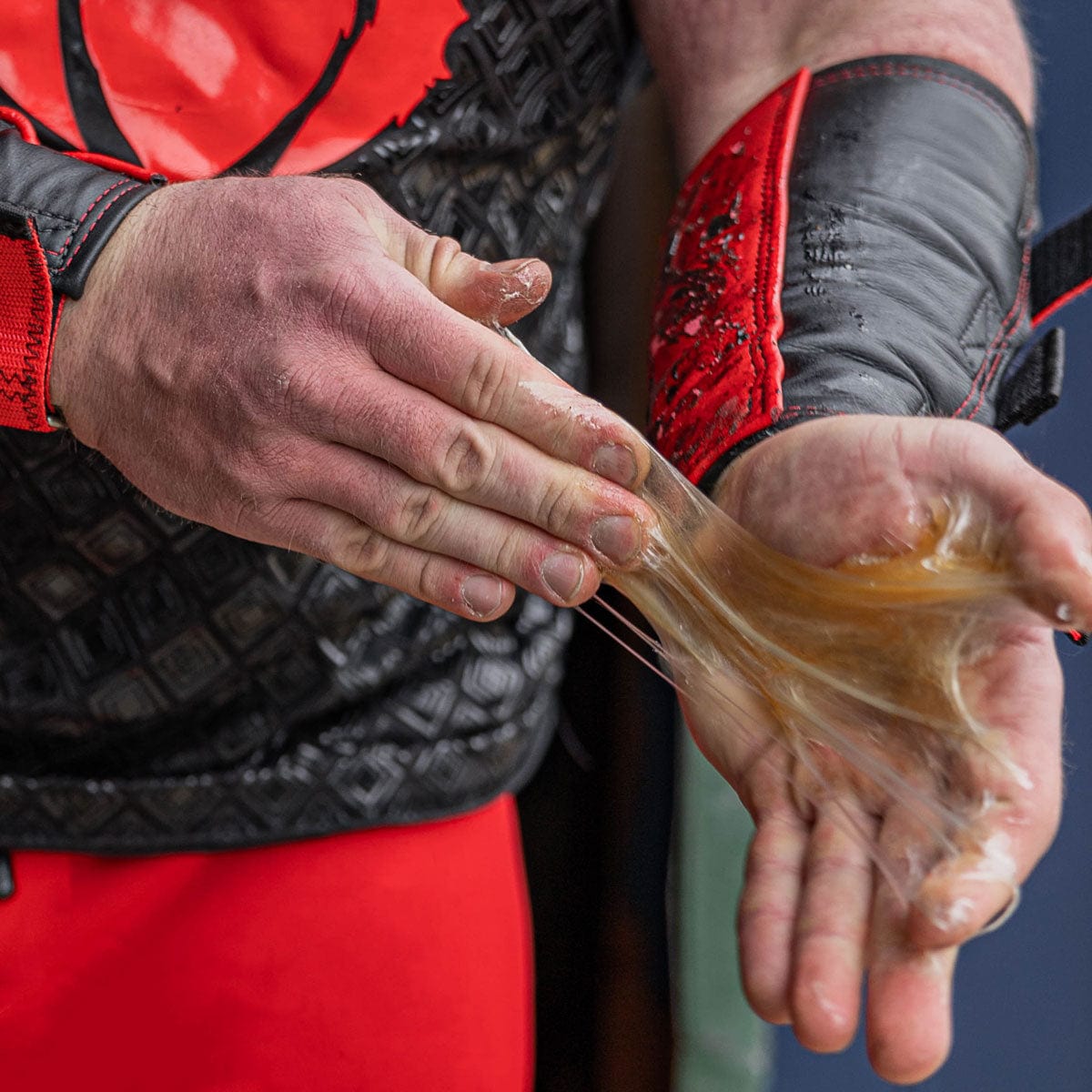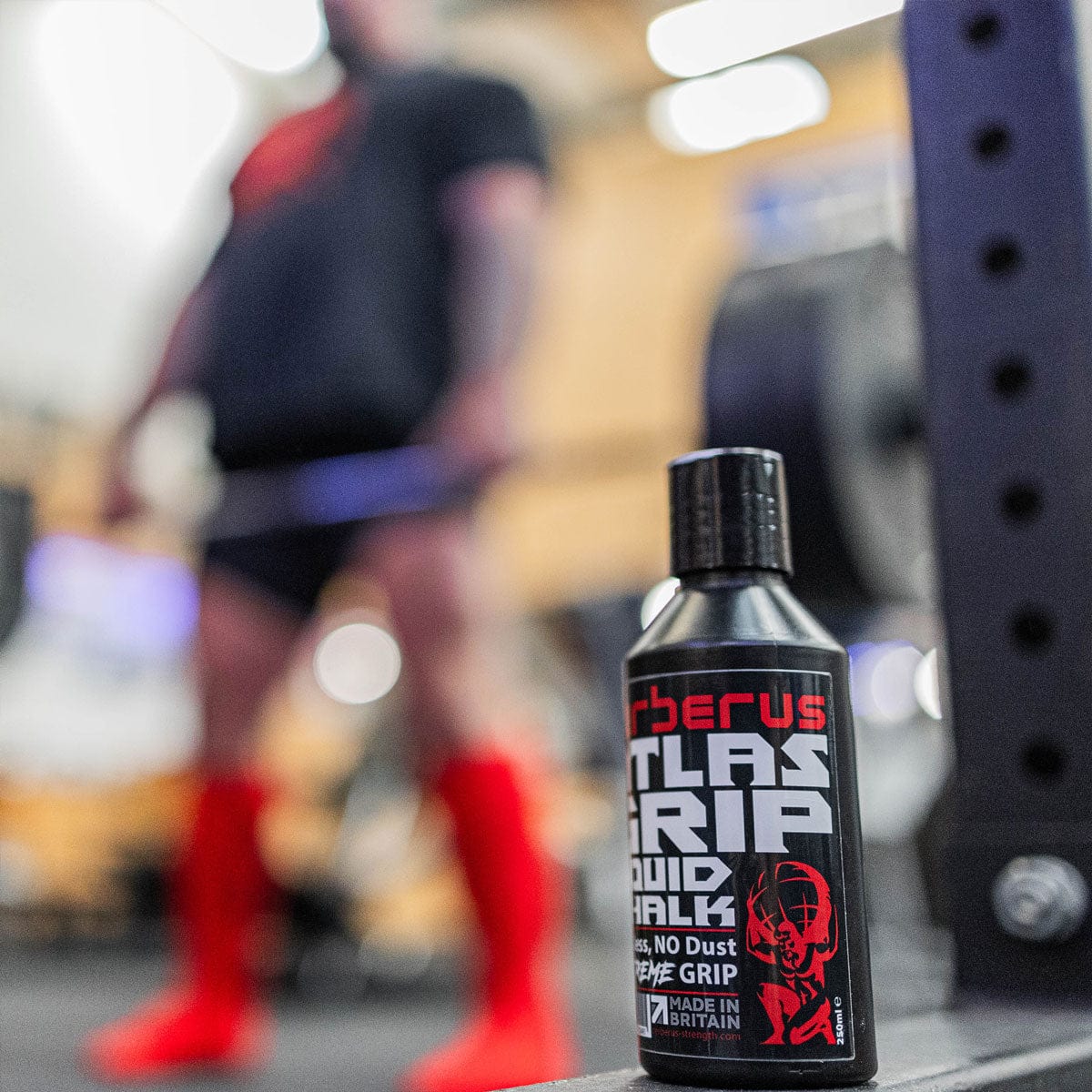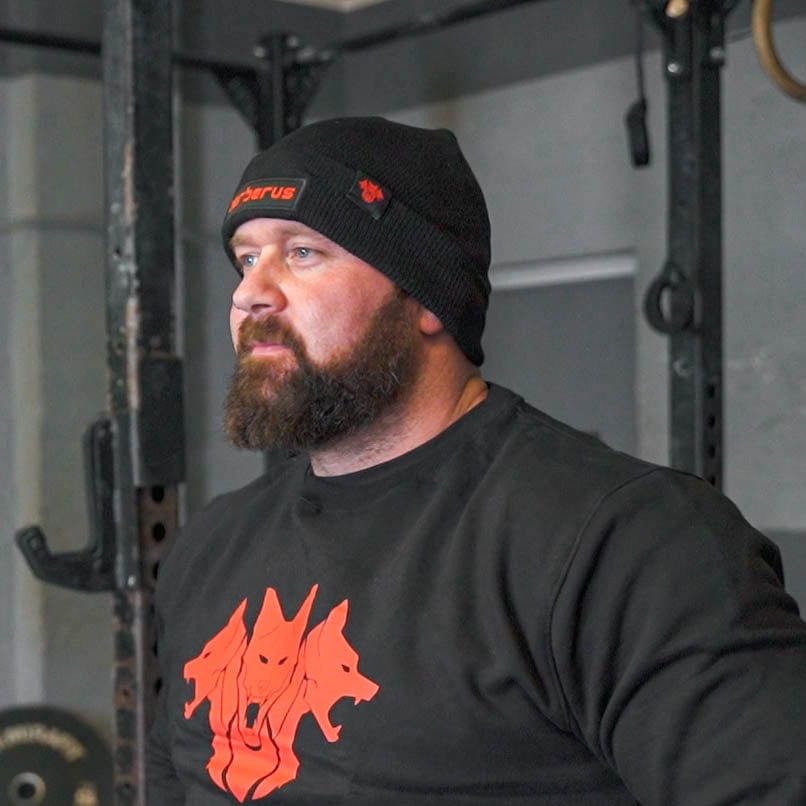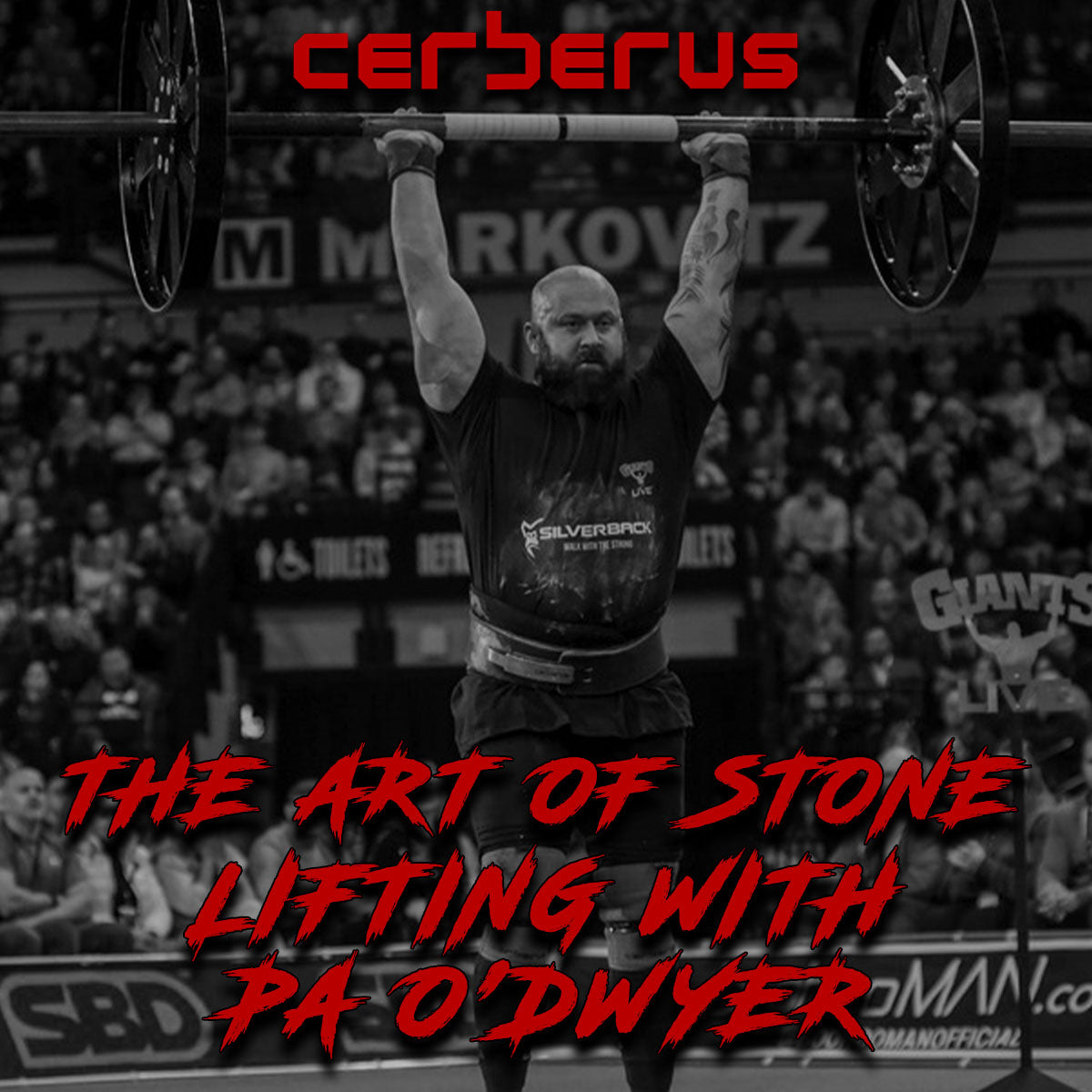When you typically think of stone lifting you assume it’s something that’s as simple as picking up the stone and putting it down again. However there is more to stone lifting, especially when you are aiming to pick up the heavier stones during training or at a competition. Many people hope to one day travel to Scotland and lift the historical stones as they are perceived to be one of the ultimate tests of strength.
Stone lifting is known as the oldest sport in the world, dating back to the caveman era. Many of us have enjoyed the organised custom for over 1,000 years. In Scotland many years ago stone lifting was used as a test for young men to prove their manhood. Some of these stones which were lifted all those years ago, still are lifted to this day, including the Inver Stone, the McGlashen stones and the Dinnie Stones.
Replicas of these stones are often featured in the biggest strongman competitions like world strongest man and the Arnolds Sports Festival. Like the iconic Icelandic Husafell stone, which was first featured at The World’s Strongest Man 1992. However the type of stone which is more common to see at competitions are the Atlas Stones. These stones can be manufactured to be a specific weight and are typically used as the final decider between the top two at competitions. Want to learn how to train these stones to be able to compete in the next strongman/strongwoman competition? Or even lift he historical stones? Then Lets jump right into it!
Equipment Needed
When preparing to train stones you need to have certain equipment to be able to achieve the lift which serious injury. However first before you can think about equipment a strong posterior chain is most needed for when it comes to stone lifting i.e calves, hamstrings, glutes, lower and upper back and also a strong core.
Tacky is one of the most effective pieces of equipment as it is a form of grip aid. It’s used in many sports in different forms. In strongman tacky is used most commonly on Atlas Stones and sometimes on tyre flip (depending on the rules). Strongman Tacky is normally very stiff and very sticky and is normally made from pine resin and other ingredients. Although you will find that tacky formulas are precious and kept a secret.
Tacky will also reduce the load/stress on fingers, hands and biceps which can reduce the risk of injury and tendinitis. Tacky will allow you to lift bigger and heavier stones, as it improves your grip on the stone by literally sticking you to the stone!
Tacky will improve your form on the pickup of the stone and the explosive power of the triple extensions as you load it from your lap. By improving your grip on the stones it will allow you to put more focus on the pickup and the loading phases because you do not have to focus on gripping the stone as much. Also the improved grip will let you move much faster thus you can up more energy in to the loading your stone.
Now you know the equipment you need to give you the optimum chance of lifting the stone safely and securely lets hop into the how to actually lift the stone.
Lifting the stone
When lifting an atlas stone the first thing to do is grip the stone with your hands as close as possible underneath, ensuring that your hands go around the centre diameter of the stone. Remember though, that everyone is different and with stones only ever being at a set size, you will need to position your body to allow it to move in the most effective way. Always try you best to avoid using your biceps to curl the stone up towards you (bicep tears are common in stone lifting but the way to avoid that is getting under the stone as much as possible). Drop the hips, squeeze your arms hard into the stone so they act as hooks and then engage your posterior chain allowing it to do the main work of lifting the stone from the floor.
Getting the stone on to your lap is another matter as well, if you have decent hip mobility, this should not be an issue for you .Bend your knees whilst flexing at your hips, then bring your hips closer to the stone to enable you more leg drive off the floor, but remember to maintain a neutral back as much as possible. Once you have accomplished in getting the stones past you knees, you must push yourself into a frontal squat position (typically the higher you aim to load the stone, the lower down you should squat). This will enable you to get the stone higher on your body. For example the lighter stones (which tend to be placed at the beginning of a stone wall in a competition) this method isn’t needed as much, therefore the sake of time your best bet is at finishing the lift from a higher position. Now you are in the frontal squat position it’s always recommended to re-grip the stone by reaching the arms as far around the stone as possible, pulling it tight into your body, gripping the top section of the stone.
The next step is to load the stone onto the platform, in this step the key section of your body which you should focus on is your hips. They will be the part of your body which enables you to move and secure the stone onto the platform. There a few efficient methods on how to achieve this step, he first and most simple is to execute a kind of front squat/hip thrust mix by simultaneously pushing upwards on your legs and drive your hips forwards. As you are doing this you want to draw the stone in and upwards together. The second method is to elevate your hips in the lap stance before quickly withdraw the motion into the original one. This deploys the stretch-shortening cycle, amplifying force production. This method however requires a bit more technical capability and a decreased margin of miscalculation specifically regarding timing.
You should try out both method to see what technically works best for you to avoid injury and further complications.
After reading all of this you will see stone lifting is in fact not quite as easy as it seems!


